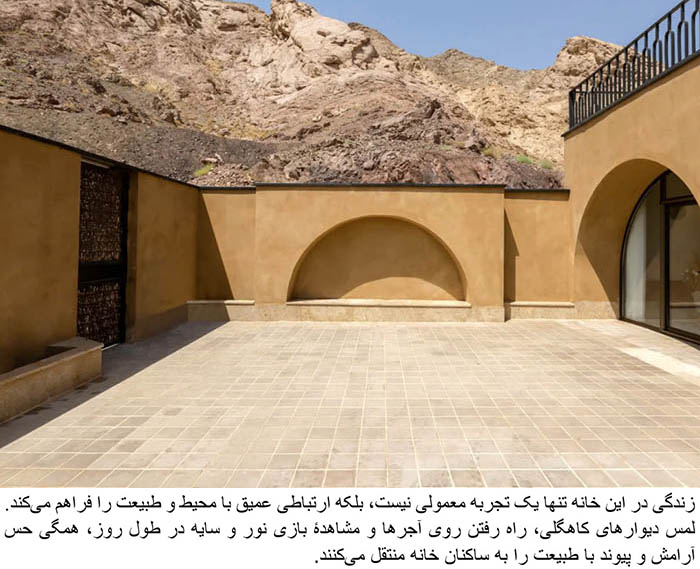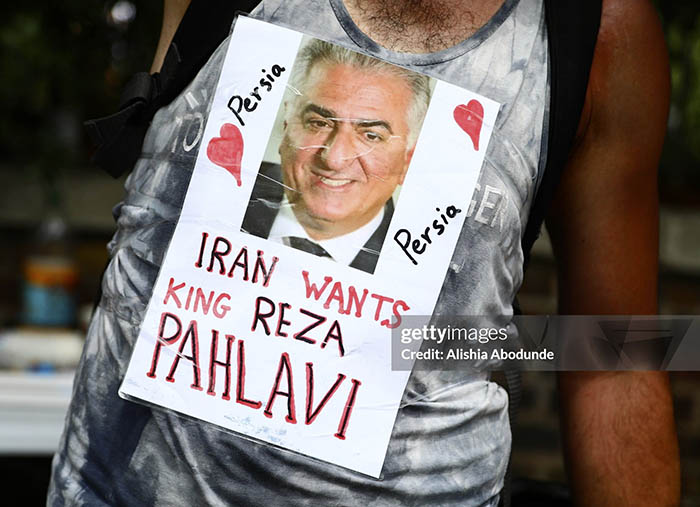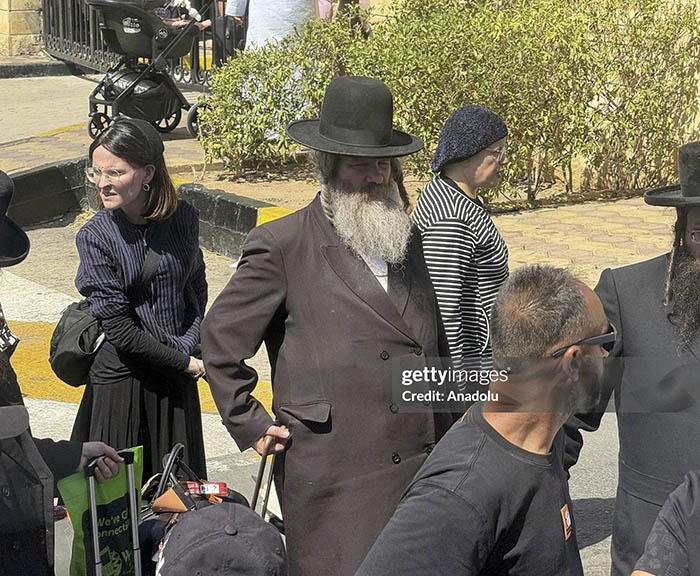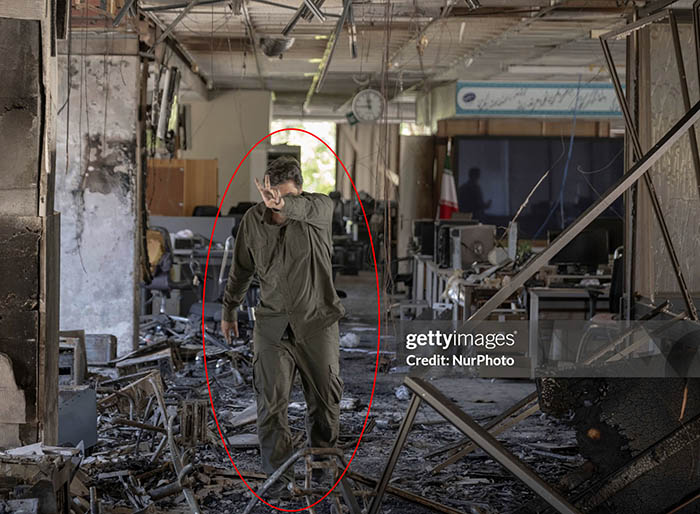Separo House: The Best Thatched House in the World of 2025

Educational Initiatives and Knowledge Transfer
The success of the Separo House can serve as a catalyst for educational programs aimed at fostering a new generation of architects and builders who appreciate the value of integrating traditional practices with modern design principles. By establishing workshops and training sessions that highlight the techniques and materials used in constructing the Separo House, local universities and architectural schools can cultivate an environment of learning that respects heritage while promoting sustainability.
1. Workshops and Hands-on Training:
Local artisans and craftsmen can lead workshops focused on traditional building techniques, such as clay construction, thatching, and the creation of curved roofs. This knowledge transfer not only preserves these essential skills but also empowers community members to participate actively in their economic development.
2. Academic Collaborations:
Universities and design schools can collaborate with local communities to create programs that allow students to engage in real-world projects like the Separo House. These initiatives can help students understand the complexities of cultural sensitivity, sustainable design, and community engagement, preparing them for careers that prioritize ethical practices in architecture.
Policy Implications and Community Resilience
The recognition of the Separo House on national and international platforms can encourage policymakers to support similar initiatives that blend sustainability with cultural preservation. Some potential policy implications and community resilience strategies include:
1. Incentives for Sustainable Building:
Local governments could offer financial incentives, grants, or tax breaks for projects that utilize traditional materials and techniques, promoting sustainable practices that benefit both the environment and the local economy.
2. Heritage Conservation Programs:
Implementing policies aimed at preserving traditional architectural styles can help maintain the cultural identity of communities in the face of modernization. Encouraging the adaptive reuse of existing structures rather than their demolition can foster continuity and respect for historical context.
3. Community-Led Development Initiatives:
Empowering local residents to have a say in development projects within their neighborhoods can lead to solutions that truly reflect the needs and desires of the community. Engaging residents in the planning and design process for future structures can result in buildings that enhance rather than disrupt the existing cultural landscape.
More stories
Iran-US-Israel Conflict Escalation 2025: US Strikes Iranian Nuclear Sites & Global Protest Movements
Introduction The year 2025 marks a significant escalation in Middle Eastern geopolitics, with rising tensions between Iran, the United States, … Continue reading ➝
Inside the White House Situation Room: Trump Orders Strike on Iranian Nuclear Facilities
Introduction On June 21, 2025, the White House released rare images showcasing critical moments inside the Situation Room during a … Continue reading ➝
Protest in Tehran Against Israeli Attacks: Escalating Tensions in the Middle East in 2025
Introduction In 2025, the Middle East continues to be a hotbed of geopolitical tensions, with Iran and Israel at the … Continue reading ➝
Israel-Iran Conflict 2025: Crossings into Egypt Through Taba Border Gate Amid Escalating Middle East Tensions
Introduction The Middle East is witnessing one of its most critical periods of instability in recent history, driven by the … Continue reading ➝
Israel Attacks Iran’s State Television: Implications for Middle East Security and Geopolitics in 2025
Introduction The Middle East remains a hotspot of geopolitical tension, with ongoing conflicts involving Israel and Iran. In a dramatic … Continue reading ➝




